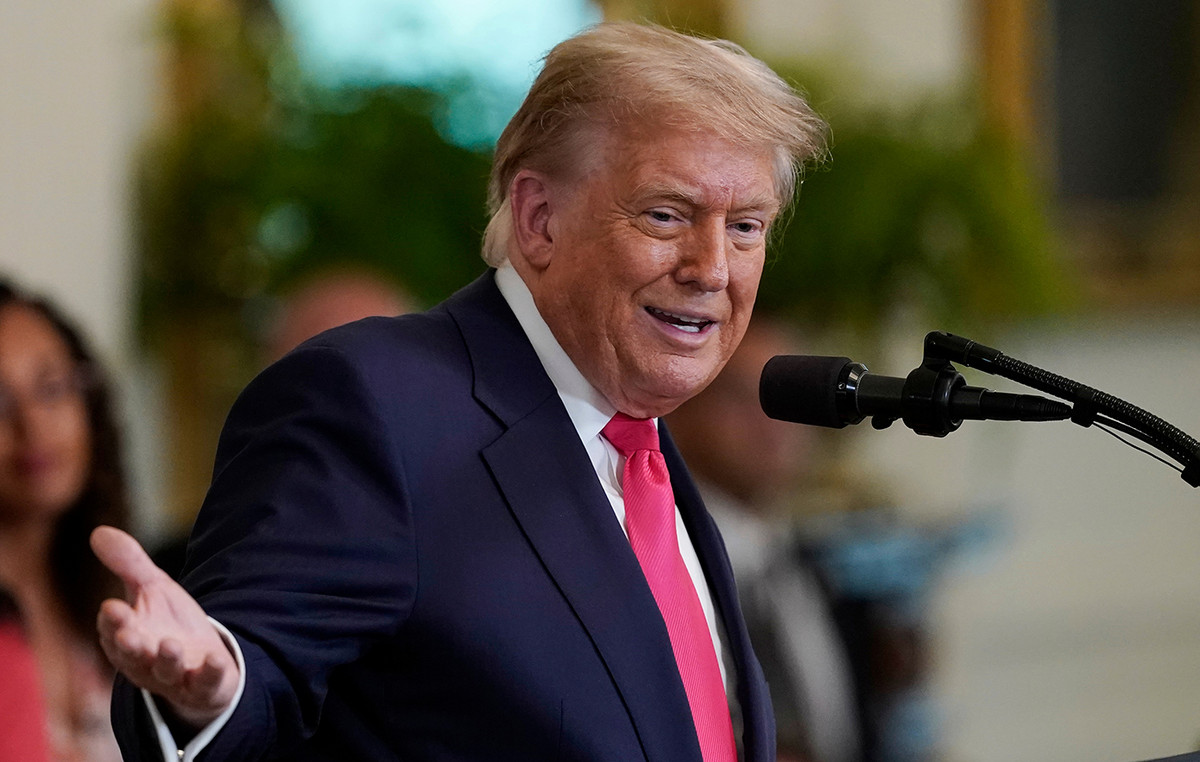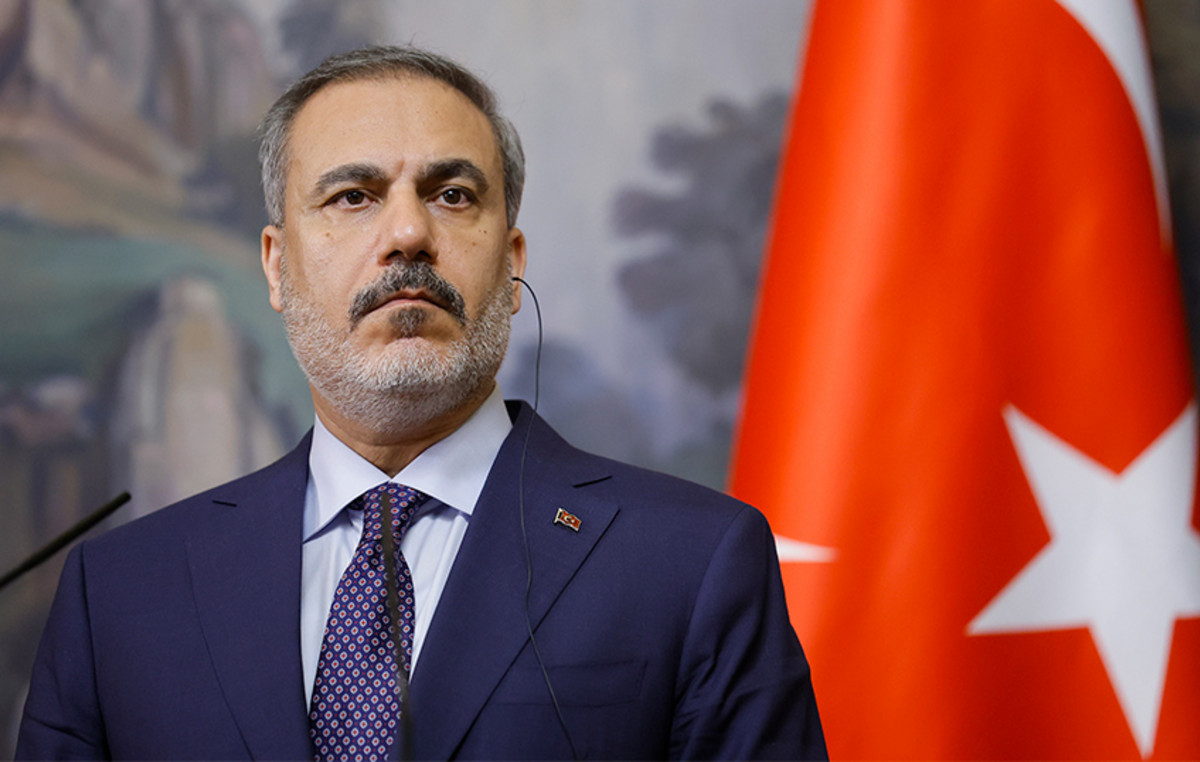- Banxico will announce its monetary policy decision today at 19.00 GMT.
- The Central Bank of Mexico is expected to cut interest rates at 50 basic points.
- The Mexican weight could experience volatility with the ad if any surprise occurs.
The Central Bank of Mexico (Banxico) will announce this Thursday, June 26 at 7:00 p.m. its monetary policy decision. The market awaits a 50 basic points cut (PB), which would place interest rates in 8% from the current 8.5%.
What factors will weigh about Banxico’s decision?
Mexico reached a 11.25% historical maximum in its interest rates in April 2023, and kept it at that level until February 2024. In March 2024, Banxico decided to start its cycle of cuts, although it stopped it until August, when it resumed the path of the flexibility of its Moentaria policy. Since the August meeting, the Central Bank has cut its types at all meetings, with 25 bp to December and 50 bp in February, March and May 2025.
The market today expects a new reduction of 50 basic points (PB), which would leave interest rates in 8.0%, its lowest level since June 2022. This decision would diverge the position of the United States Federal Reserve, which at the June meeting maintained a restrictive position waiting for the repercussions of the inflation of the tariffs of President Donald Trump.
The inflation From Mexico, it rose to 4.42% annually in May from 3.93% in April, while the underlying CPI also increased to 4.06% from the previous 3.93%. The general consumer price index reached its highest level in six months and could doubt Banxico about the convenience of a great magnitude.
Since the data of Mexican inflation were known and the conflict between Israel began and Iran with the intervention of the United States, the Mexican peso has strengthened against the dollar, leading to the USD/MXN at its lowest level in 2025 around 18.82.
Banxico will not only take into account inflation data at this meeting. It will also look at the Fedwhich decided to keep their interest rates unchanged at the June 18 meeting, leaving its types in 4.5% per fourth consecutive meeting. The words of Jerome Powell, president of the Fed, betting on waiting for the data to demonstrate that Trump’s tariffs do not affect inflation can influence Banxico.
On the other hand, there seems to be Division on the magnitude of the rate cut in the bosom of Banxico himself. The subgovernor of the Central Bank, Jonathan Heath, favorable in meetings prior to the cuts of 50 basic points, has been more prudent in recent days, assuring Reuters that “although I am something skeptical that inflation behaves as anticipates the official projection, support a more cautious and prudent approach until inflation converges towards our goal of 3%.”
In any case, according to a Reuters survey published last week, 21 of 26 economists predict that Banxico will cut the rates of 8.50% to 8.00% next week, although 15 participants indicated that Banxico could slow the relaxation rate in subsequent meetingsbeing August the following scheduled. Most of the economists surveyed expect the main interest interest rate of Mexico to remain at 7.50% in the third quarter of 2025.
How would a 50 bp of Mexican weight affect? What if the cut outside 25 bp or there were no changes in the rates?
The Mexican weight could experience a strong rebound in the improbable case that Banxico announces that interest rates does not vary, causing the USD/MXN to break the minimum of current 2025 in 18.82, descending towards the 18.40 area, where the minimum of August 2024 are below, below, the pair would have space to fall towards the psychological level of 18.00.
In the event that the reduction out of 25 basic points, we would also see a rise in the Mexican weight, although not as strong, pointing as the first objective of the USD/MXN the area of 18.60/18.65, where the minimum of the last ten months is.
If the ad coincides with the consensus of cutting of 50 basic points, the weight should not vary much its price, since the market discounts this decision. In any case, the focus would then be in case the statement advances new cuts for the next meeting or suggests a pause.
Mexican weight FAQS
The Mexican weight (MXN) is the most commercialized currency among its Latin American peers. Its value is widely determined by the performance of the Mexican economy, the country’s central bank policy, the amount of foreign investment in the country and even remittance levels sent by Mexicans living abroad, particularly in the United States. Geopolitical trends can also affect MXN: for example, the Nearshoring process (or the decision of some companies to relocate the manufacturing capacity and supply chains closer to their countries of origin) is also considered a catalyst for the Mexican currency, since the country is considered a key manufacturing center in the American continent. Another catalyst for MXN is oil prices, since Mexico is a key exporter of the raw material.
The main objective of the Central Bank of Mexico, also known as Banxico, is to maintain inflation at low and stable levels (in or close to its 3%target, the midpoint of a tolerance band between 2%and 4%). To do this, the bank establishes an adequate level of interest rates. When inflation is too high, Banxico will try to control it by raising interest rates, which makes the indebtedness of homes and companies more cooling, thus cooling the demand and the economy in general. The highest interest rates are generally positive for Mexican weight (MXN), since they lead to higher yields, which makes the country a more attractive place for investors. On the contrary, lower interest rates tend to weaken the MXN.
The publication of macroeconomic data is key to evaluating the state of the economy and can have an impact on the valuation of the Mexican weight (MXN). A strong Mexican economy, based on high economic growth, low unemployment and high confidence is good for MXN. Not only attracts more foreign investment, but it can encourage the Bank of Mexico (Banxico) to increase interest rates, particularly if this fortress is accompanied by high inflation. However, if the economic data is weak, the MXN is likely to depreciate.
As an emerging market currency, the Mexican weight (MXN) tends to rise for periods of risk, or when investors perceive that the general market risks are low and, therefore, are eager to participate in investments that carry a higher risk. On the contrary, the MXN tends to weaken at times of market turbulence or economic uncertainty, since investors tend to sell higher risk assets and flee to the most stable safe shelters.
Source: Fx Street
I am Joshua Winder, a senior-level journalist and editor at World Stock Market. I specialize in covering news related to the stock market and economic trends. With more than 8 years of experience in this field, I have become an expert in financial reporting.







